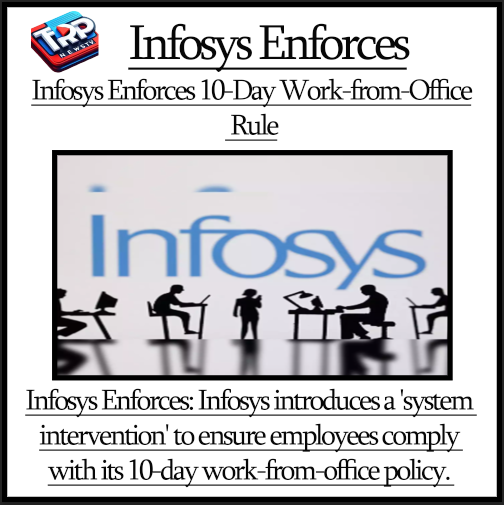Analyzing the Boat vs. Apple Ad War: A Clash of Brands
(Boat vs Apple – Clash of Cultures and Brands) In the realm of marketing, competition is fierce, and brands often resort to various tactics to gain an edge over their rivals. Recently, the Indian consumer electronics brand Boat stirred up controversy with its advertisement directly targeting tech giant Apple. This move sparked a heated debate on social media platforms and within the marketing community. Let’s delve into the details of this clash between Boat and Apple, examining where the ad campaign succeeded and where it faltered.

The Ad Campaign : Boat vs Apple – Clash of Cultures and Brands
Boat’s advertisement took a direct jab at Apple, showcasing a comparison between the features of Apple products and Boat’s offerings. The ad aimed to position Boat as a more affordable and accessible alternative to Apple. It highlighted features such as battery life, price, and functionality, attempting to sway consumers towards Boat’s products.
Media Coverag : Boat vs Apple – Clash of Cultures and Brands
The ad campaign garnered significant media attention, with several news outlets covering the story. Articles from NDTV, Hindustan Times, and Economic Times analyzed the impact of Boat’s advertisement on social media and consumer perception. While some praised Boat for its bold approach, others criticized the brand for engaging in a direct confrontation with Apple.
Social Media Reaction : Boat vs Apple – Clash of Cultures and Brands
Social media platforms served as battlegrounds for supporters and detractors of both Boat and Apple. Twitter, in particular, witnessed a flurry of tweets, with users expressing their opinions on the ad campaign. Hashtags such as #BoatvsApple and #BrandWar trended as consumers debated the merits of each brand’s products and marketing strategies.
Brand Perception : Boat vs Apple – Clash of Cultures and Brands
Boat’s ad campaign raised questions about brand perception and positioning. While the advertisement aimed to portray Boat as a viable alternative to Apple, some argued that it positioned the brand as a mere imitator rather than an innovator. Additionally, the aggressive tone of the ad may have alienated consumers who prefer a more subtle approach to marketing.
Consumer Response : Boat vs Apple – Clash of Cultures and Brands
Consumer response to Boat’s ad campaign was mixed, with opinions divided along brand loyalty lines. Apple loyalists defended the tech giant, citing factors such as quality, design, and ecosystem integration. On the other hand, supporters of Boat praised the brand for challenging the status quo and offering affordable products to a broader audience.
Marketing Strategy Analysis : Boat vs Apple – Clash of Cultures and Brands
From a marketing perspective, Boat’s ad campaign can be seen as a risky move. While it succeeded in generating buzz and sparking debate, it also invited criticism and backlash from consumers and industry experts. The decision to directly target Apple, a dominant player in the market, could have long-term implications for Boat’s brand image and reputation.
Lessons Learned : Boat vs Apple – Clash of Cultures and Brands
The Boat vs. Apple ad war serves as a cautionary tale for brands looking to differentiate themselves in a competitive market. While it’s essential to highlight unique selling points and competitive advantages, brands must tread carefully when directly confronting industry leaders. A more strategic approach, focusing on innovation, value proposition, and customer engagement, may yield better results in the long run.
(FAQ) about Boat vs Apple – Clash of Cultures and Brands
1. What was the Boat vs. Apple ad war all about?
- The Boat vs. Apple ad war refers to a marketing confrontation between Indian consumer electronics brand Boat and tech giant Apple. Boat released an advertisement directly targeting Apple, comparing features and pricing of their respective products.
2. What sparked the Boat vs. Apple ad war?
- Boat’s advertisement, which took a direct jab at Apple, sparked the ad war. The ad aimed to position Boat as a more affordable alternative to Apple, leading to a heated debate on social media and within the marketing community.
3. How did the media cover the Boat vs. Apple ad war?
- The ad war received significant media coverage, with various news outlets analyzing the impact of Boat’s advertisement on social media and consumer perception. Articles from NDTV, Hindustan Times, Economic Times, and others provided insights into the controversy.
4. What was the social media reaction to the Boat vs. Apple ad war?
- Social media platforms served as battlegrounds for supporters and detractors of both Boat and Apple. Twitter witnessed a flurry of tweets, with users expressing their opinions on the ad campaign using hashtags such as #BoatvsApple and #BrandWar.
5. How did consumers respond to the Boat vs. Apple ad war?
- Consumer response to the ad war was mixed, with opinions divided along brand loyalty lines. Apple loyalists defended the tech giant, while supporters of Boat praised the brand for challenging the status quo and offering affordable products.
6. What lessons can be learned from the Boat vs. Apple ad war?
- The ad war highlights the importance of strategic marketing and brand positioning. Brands should carefully consider the consequences of directly confronting industry leaders and focus on innovation, value proposition, and customer engagement for long-term success.
7. What are the long-term implications of the Boat vs. Apple ad war?
- The long-term implications of the ad war remain to be seen. While Boat’s bold approach may have generated buzz in the short term, it could also have lasting effects on the brand’s image and reputation. Both Boat and Apple will need to navigate the aftermath strategically.
8. How can brands avoid similar conflicts in the future?
- Brands can avoid similar conflicts by focusing on differentiation, innovation, and customer-centricity in their marketing strategies. Rather than engaging in direct confrontations with competitors, brands should highlight their unique selling points and competitive advantages in a positive and authentic manner.





